Face
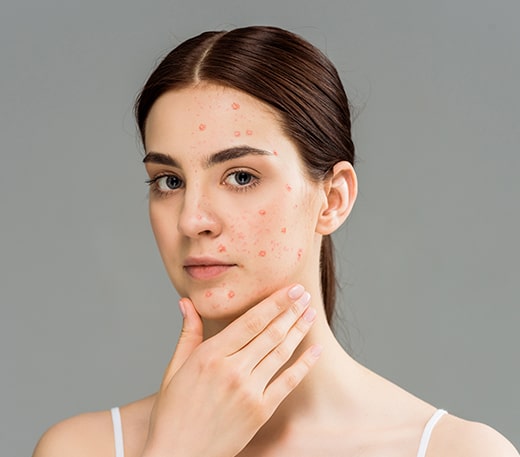
Acne
Acne is a chronic inflammatory skin disease. It is characterized by blackheads, whiteheads, pimples and sometimes cysts. It is caused primarily by skin cells sticking together and clogging hair follicles. Hormones, bacteria, genetics and inflammation also play a large part in its formation. Acne is not caused by dirt or not washing your face. However, it is best to wash daily with a mild soap or cleanser. Acne is generally formed on the face but can appear on the back neck and chest as well.
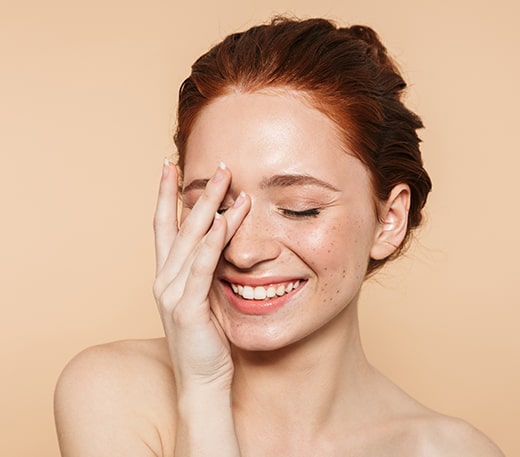
Brown Spots
Brown spots (pigmented lesions) are caused by a proliferation of melanocytes or an increased deposition of melanin in the dermis and/or epidermis. Melanocytes are the cells that manufacture melanin, which is the dark pigment in skin. Most of us have some pigmented lesions in one form or another. They include brown spots (lentigines), freckles (ephileds), moles (nevi) birthmarks, or Dermatosis Papulosis Nigra (small black marks primarily seen on people of Asian or African descent).
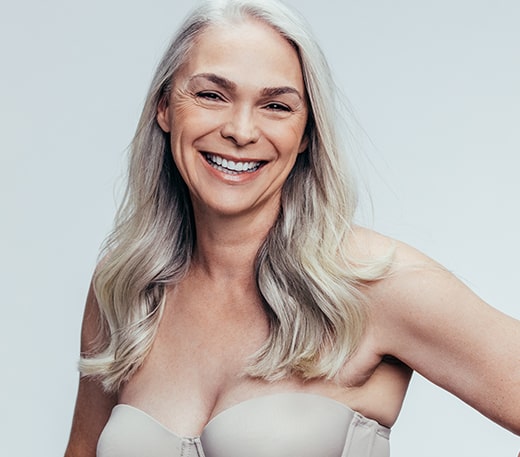
Facial Vessels
Facial vessels, also known as spider veins, are blood vessels that have dilated due to weak blood vessel walls. The weakened walls expand, allowing more blood to pool into the vein, making them more visible from the surface of the skin. When they are red, they are known as telangiectasias, and when they are blue, they are known as reticular veins. Spider veins are generally smaller veins that often form on the cheeks, nose and chin. Reticular veins are larger, less common types of facial veins, often appearing on the temples and forehead.
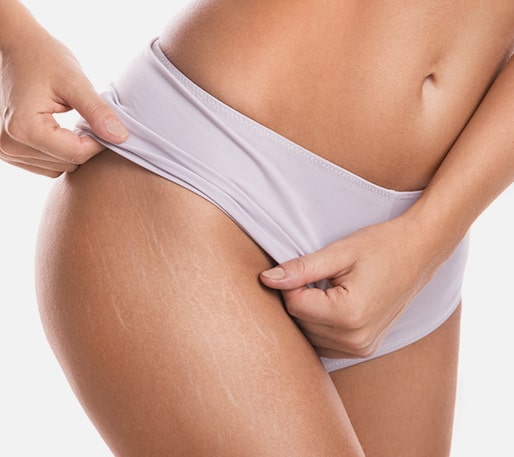
Scars and Stretchmarks
Scars and stretch marks (striae) are the result of over-stressed skin. Scars form part of the skin’s healing process whenever multiple layers of skin are injured. The injury may be the result of an accident, surgery, a burn or even severe acne.
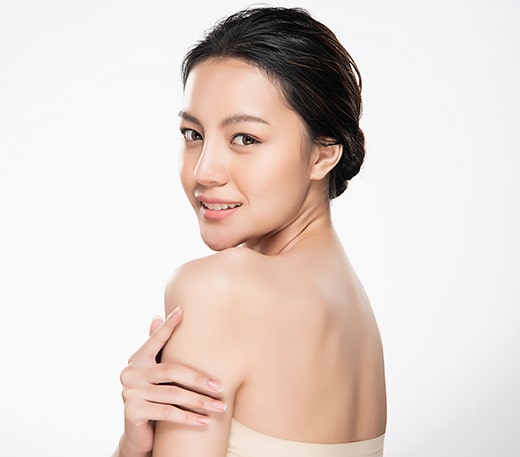
Vascular Birthmarks
More than 10 out of 100 babies have vascular birthmarks. These are made up of blood vessels bunched together in the skin. They can be flat or raised with pink, red or bluish discoloration. The most common types of vascular birthmarks are port wine stains (PWS) and hemangiomas.
Body
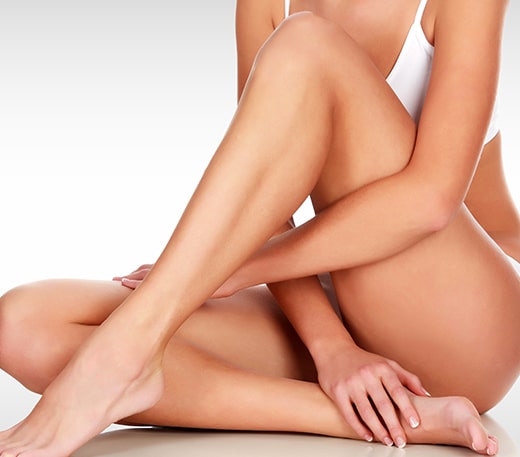
Spider Veins
Spider leg veins can be treated through a simple office procedure called sclerotherapy. Spider veins, or telangiectasias, are those tiny purple and red blood vessels found most commonly on the thighs or lower legs of women. They are hereditary and can form anywhere on the leg, from the top of the thigh to the ankle.

Vascular Birthmarks
More than 10 out of 100 babies have vascular birthmarks. These are made up of blood vessels bunched together in the skin. They can be flat or raised with pink, red or bluish discoloration. The most common types of vascular birthmarks are port wine stains (PWS) and hemangiomas.
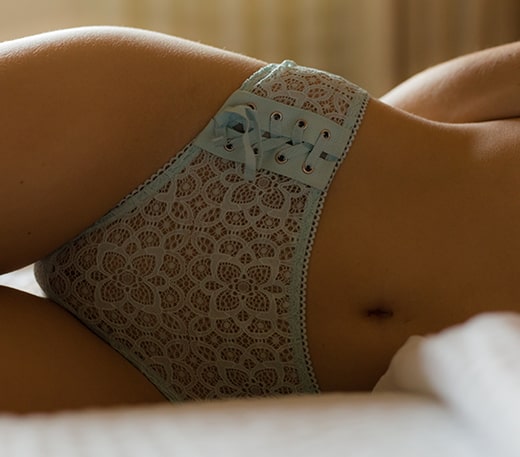
Vaginal Rejuvenation
ThermiVa is a new, noninvasive, nonsurgical, in-office feminine rejuvenation treatment that uses radio frequency (RF) technology to gently heat vaginal tissue to reclaim, restore and revive feminine wellness, without discomfort or downtime.


